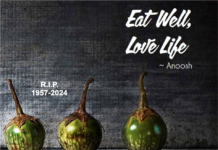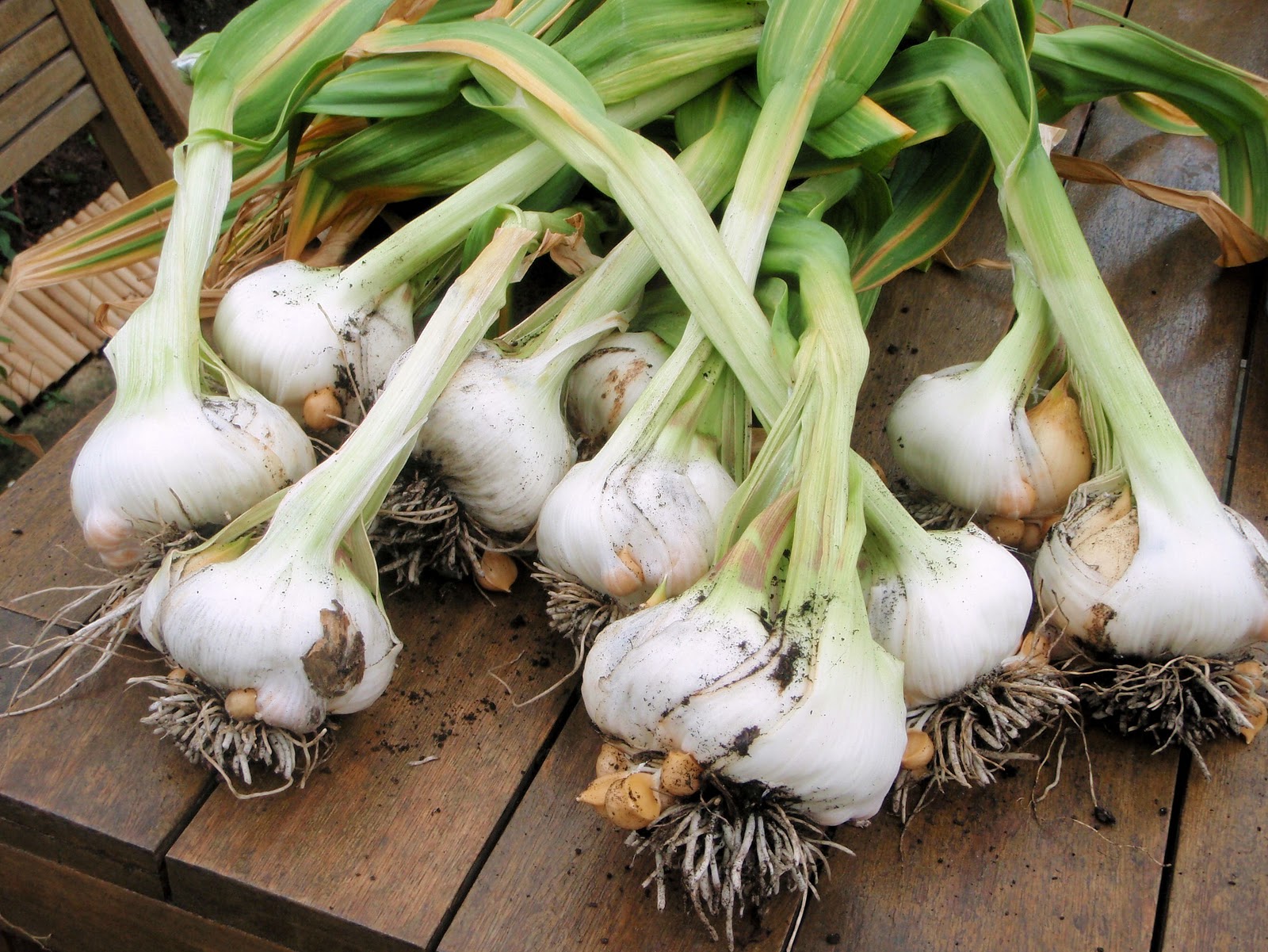“Many people think of California as the garlic capital of the world when, in fact, most of our garlic comes from China” — Southern Living
As readers already know, as of Saturday afternoon tariffs have been placed on all imports to the United States from Mexico, Canada and China.
Stated simply at Wikipedia, “a tariff is a tax imposed by the government of a country or by a supranational union on imports or exports of goods.”
This installment of “Edibles & Potables” offers food for thought, in as neutral a fashion as I can muster. In an admirable spirit of balance, the Reuters news service posted an account of yesterday’s tariff declaration.
Trump hits Mexico, Canada, China with tariffs over fentanyl, immigration, by Andrea Shalal, Jarrett Renshaw and David Lawder
U.S. President Donald Trump on Saturday ordered 25% tariffs on Canadian and Mexican imports and 10% on goods from China starting on Tuesday and declared that they would remain in place until a national emergency over the drug fentanyl and illegal immigration to the U.S. ends. Energy products from Canada will have only a 10% duty, but Mexican energy imports will be charged the full 25%, officials told reporters.
Earlier last week Eater’s “explainer” (in this instance, writer Amy McCarthy) judiciously tackled the topic at hand: How Trump’s Proposed Tariffs Could Raise Food Costs.
What happens if these tariffs go into effect?
It’s unclear exactly what impact massive tariffs would have on the broader economy, but experts agree on one thing: Food costs will almost assuredly increase, and not insignificantly. Prices on avocados, chocolate, coffee, and other popular imports could increase as much as the full 25 percent tariff in a matter of weeks, especially in cases where goods cannot be imported easily from other countries. For example, the United States imports 90 percent of its avocados from Mexico, and it wouldn’t be easy to find a different country to meet that demand. Overall, one analysis found that the tariffs could result in American families spending about $185 more per year at the grocery store, an increase of about 3 percent. As the think tank Third Way notes, the ramifications would be more significant for lower income families, who spend a larger proportion of their incomes on groceries and other necessities.
And, it cannot be denied that the experts do agree on this point. Higher food costs resulting from tariffs are the inevitable short-term “unfavorable” tradeoff to be endured in return for longer-term “favorable” outcomes in trade negotiations slated to follow, assuming these actually occur absent retaliation in kind (which already is under way).
These conclusions fall outside my limited aim today, and readers can adjourn to their preferred news outlets (read: silos) for deeper, or for that matter, shallower dives.
I offer only this strictly personal note. In July I’ll mark my sixth anniversary as digital editor at Food & Dining Magazine. I’d barely gotten dialed into the “best practices” of this daily slot before the COVID pandemic disrupted all our routines, assumptions and expectations.
Ever since then, “normality” is a condition being chased by increasingly exhausted and occasionally disillusioned people in the restaurant and bar business — pursued, but never quite caught or wrestled to the ground.
Naturally many of these same industry people are wary of the potential for tariffs to increase their food costs. After all, margins have continued to shrink, especially among independent operators. 10% of something might not seem like much, until you’re a small brewery preparing to buy barley malt that comes from Manitoba.
It wouldn’t be accurate to characterize their concerns as radicalism. I hear few of them, perhaps even none, making firebrand or apocalyptic political pronouncements; however, they are wondering when or if there’ll ever be a space to maneuver absent yet another form of disruption.
None of us have the answer to their concerns, at least yet. As always, we’ll just have to wait and see. However, not all “disruptive innovations” are restricted to relatively minor tech-geek start-ups that gradually come to displace previous norms. Rather, disruptions can be more intemperate than innovative, achieved at the cost of damaging real people and affecting their lives deleteriously.
My opinion is that the food and drink biz doesn’t need any more disruptions after five solid years of constant business-condition-roulette. I feel for our local indie restaurant and bar operators and wish you nothing but the best as the seas get choppy…again.
—
“Edibles & Potables” is Food & Dining Magazine’s Sunday slot for news and views that range beyond our customary metropolitan Louisville coverage area, as intended to be food (and drink) for thought.
Last time:






















